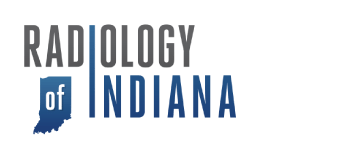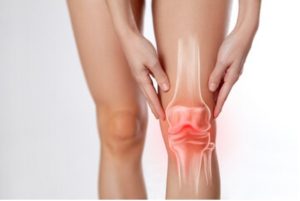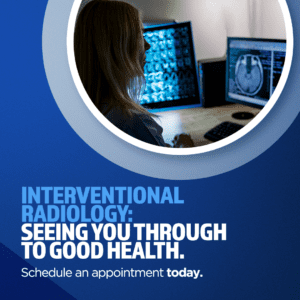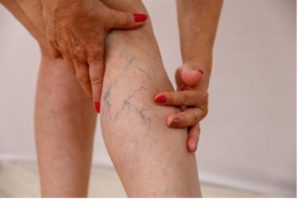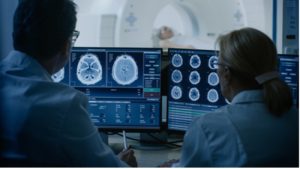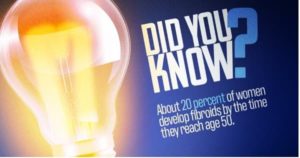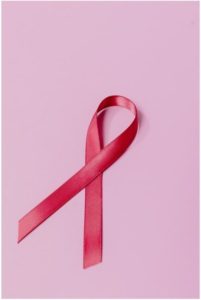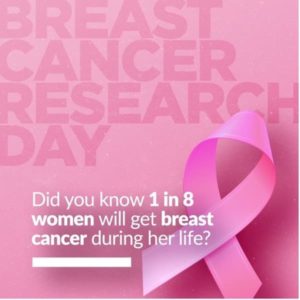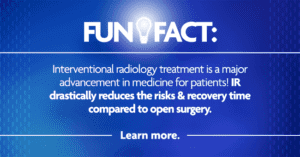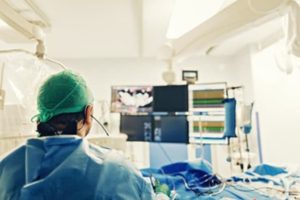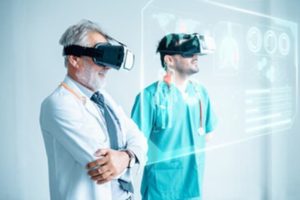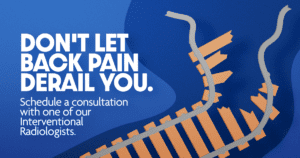Breast Cancer Awareness Month: Radiology of Indiana’s Commitment to Comprehensive Care
October is Breast Cancer Awareness Month, a time when we come together to raise awareness, promote early detection, and support those impacted by breast cancer. It’s an important reminder for women to prioritize their health and take proactive steps toward breast cancer prevention and care. Continue reading to learn more about the importance of breast cancer screenings for early detection and some of the advanced imaging options available at Radiology of Indiana.
The Importance of Early Detection
Early detection is one of the most powerful tools in the fight against breast cancer. Studies show that when breast cancer is caught early, the survival rates significantly improve. Regular screening mammograms are essential in identifying abnormalities before symptoms even arise, making it possible to begin treatment at the earliest possible stage. Radiology of Indiana understands that early detection can save lives, and we offer a full spectrum of breast imaging services designed to catch cancer early and provide accurate diagnoses.
Best-in-Class Breast Imaging Services
Radiology of Indiana takes pride in offering state-of-the-art imaging technologies to ensure women receive the highest standard of care. Our board-certified radiologists specialize in breast imaging and work with the latest diagnostic tools to provide precise, thorough results.
Here are some of the key services we offer:
- Digital Mammography (3D Mammography): The most common screening tool for detecting breast cancer, 3D mammography allows for more detailed images of the breast tissue, which improves accuracy and reduces the need for follow-up tests. This procedure is particularly beneficial for women with dense breast tissue.
- Breast Ultrasound: This imaging technique is often used as a complementary tool to mammography, especially for women with dense breasts. It helps in evaluating abnormalities and provides detailed images of the breast tissue.
- Breast MRI: Magnetic Resonance Imaging (MRI) is used in more high-risk patients or to evaluate suspicious areas that are not clearly visible through mammography or ultrasound. Breast MRI is highly sensitive and can detect small tumors that may be missed by other imaging modalities.
- Breast Biopsy: If an abnormality is detected, a biopsy may be necessary to determine if the area is cancerous. Radiology of Indiana offers image-guided biopsies, which use mammography, ultrasound, or MRI to precisely locate the area of concern and safely remove tissue samples for evaluation.
Personalized and Compassionate Care
We understand that breast cancer screening and diagnosis can be a stressful experience, which is why our team is committed to providing compassionate, patient-centered care. Our specialists work closely with each patient to guide them through every step of the process, from screening to diagnosis and beyond.
In addition to offering the most advanced imaging techniques, we ensure that every patient feels supported and informed. We collaborate with primary care physicians, oncologists, and surgeons to develop personalized care plans, ensuring that each patient receives the best possible treatment for their unique situation.
Cutting-Edge Treatment Options
For patients diagnosed with breast cancer, access to cutting-edge treatment options is vital. Radiology of Indiana works closely with a network of specialists to provide comprehensive treatment plans. Our advanced imaging technologies assist in planning and guiding surgeries, radiation therapy, and other treatments with precision. We are committed to staying at the forefront of breast cancer treatment advancements, continuously updating our tools and techniques to give patients the highest level of care.
Supporting Breast Cancer Awareness
As part of Breast Cancer Awareness Month, our team encourages women to prioritize their health by scheduling regular mammograms and following recommended screening guidelines. We are proud to partner with the community in spreading awareness about the importance of early detection and offering resources for patients who may need financial assistance or support throughout their breast cancer journey.
Breast Cancer Awareness Month is a reminder of the importance of early detection and high-quality breast care. Our board-certified radiologists provide women with the best-in-class breast imaging services and treatment options. By combining state-of-the-art technology, personalized care, and compassionate support, we aim to make a difference in the fight against breast cancer. Whether you’re coming in for a routine mammogram or need advanced diagnostic services, we are here to ensure you receive the highest standard of care.
Take action this October—schedule your mammogram, spread awareness, and join us in the fight against breast cancer. Learn more at radiologyofindiana.com today.
